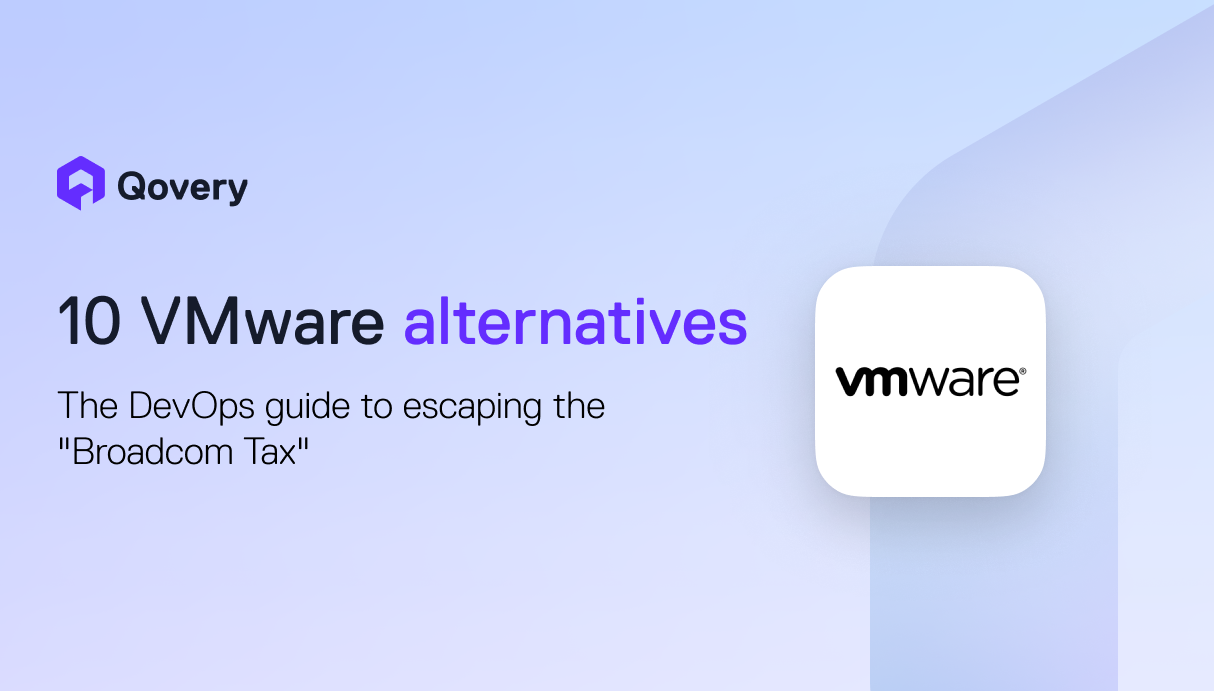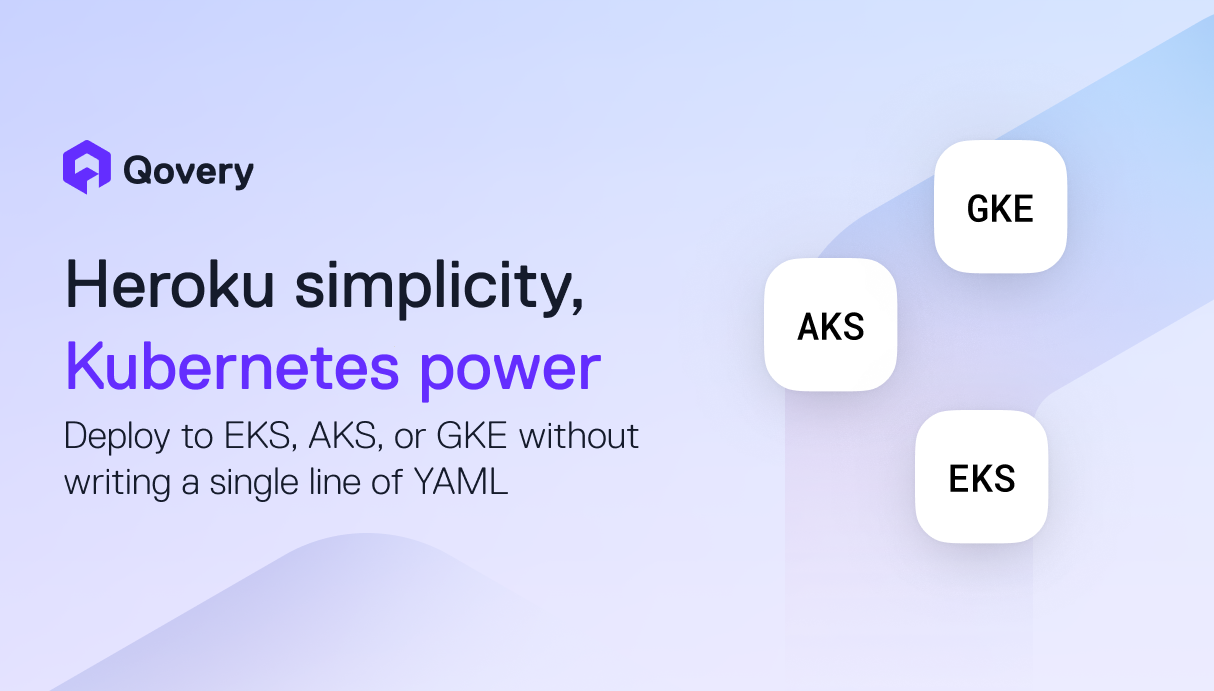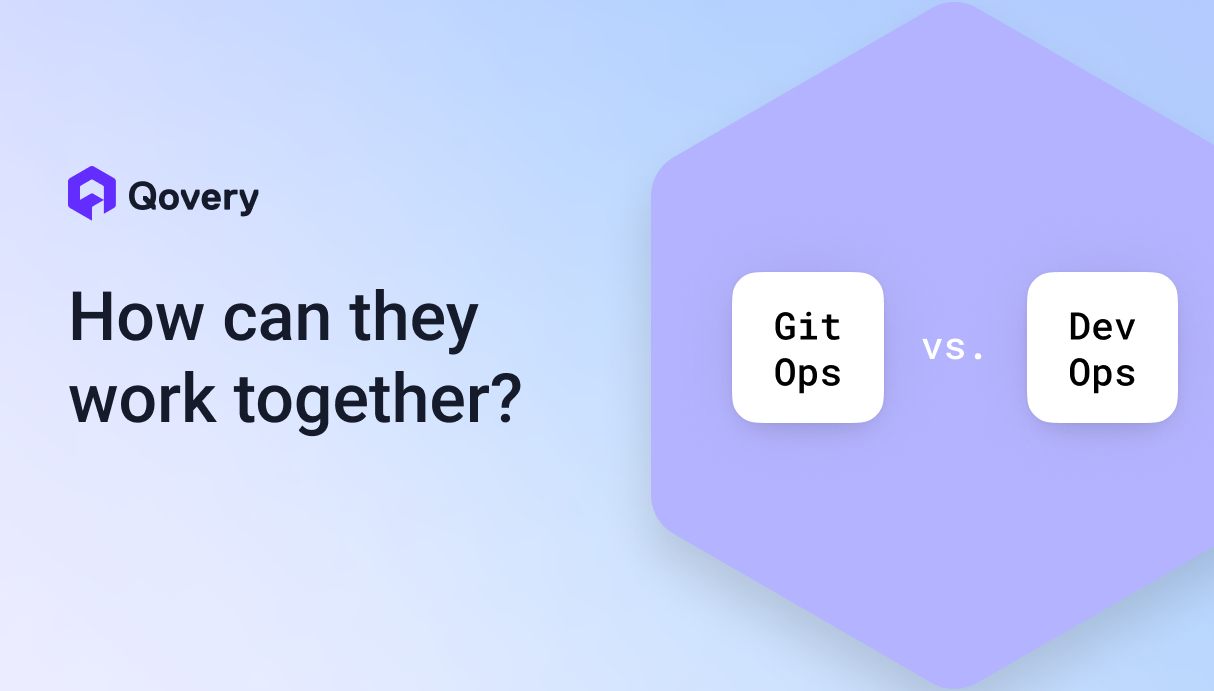

How to Break Down Silos with a Developer-Centric Platform

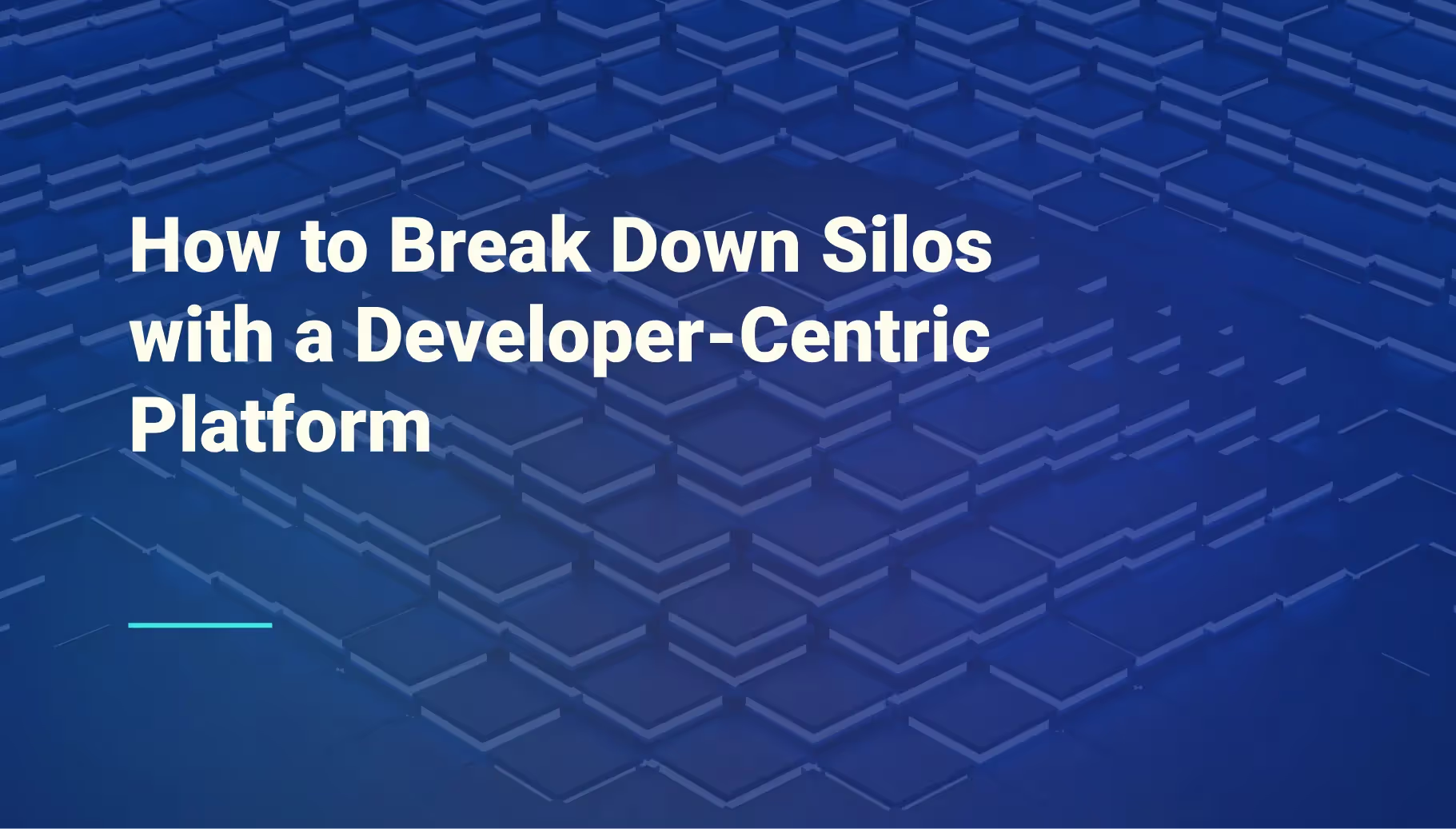

Key Points:
- Organizational silos are the biggest threat to fast-growing engineering teams. As companies expand, teams become separated by communication breakdowns and knowledge concentration. This creates deployment bottlenecks where developers are blocked by operations teams, leading to reduced innovation speed and a significant drag on overall productivity.
- Developer-centric platforms solve these problems by empowering developers and standardizing workflows. These platforms give developers self-service capabilities, allowing them to manage their own environments and deployments. This approach not only speeds up the development process but also distributes knowledge across the team, fosters better collaboration, and embeds best practices through standardized workflows.
- Adopting a developer-centric platform is a strategic move to boost productivity and gain a competitive edge. By automating repetitive tasks and shortening feedback loops, these platforms enable faster, safer deployments. This allows mid-size companies to accelerate their time-to-market and iterate more quickly on their products, ensuring they can grow without being held back by organizational friction.
The biggest threat to fast-growing engineering teams isn't bad code, it's good teams trapped in broken systems.
Teams that once collaborated efficiently now find themselves separated by organizational barriers, with developers waiting days for infrastructure changes and operations teams overwhelmed by deployment requests.
These organizational silos form naturally as companies grow, but their impact on productivity and delivery speed can be significant. For growing companies, there's an efficient approach to growing engineering organizations: implementing developer-centric platforms that reshape how teams collaborate and deliver software.
In this article, we’re going over the impact of growth and how mid-size companies can face those challenges through the lens of developer experience. We’ll be looking at developer-centric environments and how they can improve the overall delivery experience for organizations.
The challenges for mid-size organizations: When growth creates gridlocks
Growing organizations face specific obstacles that can reduce their agility. These challenges increase as teams expand, creating inefficiencies that can slow down delivery and productivity.
1. Deployment Bottlenecks
The main way bottlenecks appear within a growing engineering organization is the slowing down of the delivery pipeline. Often, developers end up in situations where features are completed but must wait for operations teams to provision, configure, and deploy changes. With multiple teams competing for limited operations resources, simple deployments become complex coordination exercises.
2. Communication Breakdown
As teams expand and specialize, shared understanding of the work environment decreases. Developers lack visibility into infrastructure constraints, while operations teams don't fully understand application requirements. This knowledge gap leads to deployment delays, failures, and emergency fixes that could have been prevented with better communication.
3. Knowledge Concentration
Another side effect of company growth is that critical infrastructure knowledge becomes limited to a few individuals. When these key people are unavailable, entire teams stop working. This creates dependencies that growing organizations cannot sustain.
4. Reduced Innovation Speed
When developers spend more time navigating organizational processes than building features, product development slows. The time that should be spent on new features gets consumed by operational tasks, this naturally impacts the global velocity of the company and its ability to attract and retain customers.
Benefits of Developer-Centric Platforms
Developer-centric platforms address these challenges by changing how teams interact with infrastructure and deployment processes. These platforms remove barriers between development and operations, creating unified systems that benefit entire organizations.
1. Developer Empowerment
The primary benefit of these platforms is developer empowerment through self-service capabilities. Developers gain direct access to the tools they need without waiting for operational teams for approval and execution. They can provision environments, deploy applications, and manage resources independently while working within defined boundaries.
This empowerment goes beyond saving time. When developers control their deployment process, they take greater ownership of their applications throughout the whole development lifecycle. They consider operational requirements during development, leading to more stable and maintainable systems.
Self-service capabilities also distribute knowledge throughout the organization. Instead of a few specialists understanding deployment, every developer gains operational skills. This broader expertise makes teams more resilient and flexible.
2. Standardized Workflows
Developer-centric platforms create consistent processes without limiting flexibility. All teams use the same deployment pipelines, environment provisioning processes, and monitoring tools. This standardization delivers concrete benefits to growing organizations.
New team members onboard faster when they encounter familiar patterns across all projects. Applications behave predictably when they follow consistent deployment processes. Best practices spread automatically when embedded in platform workflows. Debugging becomes straightforward when all teams use the same tools and processes.
Standardization also enables automation. When all applications follow similar patterns, platforms can provide features like automatic scaling, resource allocation, and error detection.
3.Quicker Iterations
Development speed is highly dependent on feedback speed. Developer-centric platforms reduce feedback loops from days to minutes. Developers can deploy changes, see results, and iterate rapidly. This acceleration benefits the entire organization in its capacity to deliver product updates to users rapidly.
Faster feedback also improves quality. When developers can easily test changes in ephemeral production-like environments, they identify issues before they reach production. Small, frequent deployments prove more reliable than large, infrequent releases.
4. Better Collaboration
By removing handoffs between teams, these platforms enable continuous collaboration. Developers and operations teams work within the same system, sharing visibility and responsibility.
This collaboration happens naturally when all teams within an engineering organization leverage the same platform. Developers see the operational impact of their code, while operations teams understand the application needs and development. Both groups contribute to platform improvements that benefit everyone, utilizing the same platform and keeping visibility over everyone’s work.
How Developer-Centric Platforms Reduce Blockers
The right platform for engineering organizations to work on can systematically remove the obstacles that can slow growing organizations. Through automation and great developer experience, these platforms have a deep and profound impact on delivery, product quality, and team cohesion.
1. Productivity Boost
Developer productivity increases when operational tasks are automated. Instead of waiting for environment provisioning, developers create their own in minutes. Rather than maintaining deployment scripts, they use self-service platforms to automate their needs. Time previously spent on infrastructure returns to feature development.
Platform automation handles repetitive tasks that traditionally consume developer time. Infrastructure provisioning, backup management, deployment, or security updates happen automatically without requiring active attention from engineers. Developers can focus on product development rather than infrastructure maintenance.
2. Shortened time-to-market
Faster deployment leads directly to quicker feature delivery. When developers can push code to production multiple times per day, customer feedback arrives sooner, and improvements can be shipped faster to users. This rapid iteration cycle is a crucial competitive advantage for growing companies.
Developer-centric platforms also reduce deployment risk. Built-in rollback capabilities, progressive deployment strategies, and comprehensive monitoring make teams confident in shipping frequently. Smaller, more frequent releases are safer than large, infrequent deployments.
The acceleration compounds over time as teams can deploy and respond to market changes quickly. Features that might have taken months to reach customers now arrive in days, which can determine market success.
Key Features to Look For
Selecting an effective developer-centric platform requires evaluating specific capabilities. These features determine whether a platform empowers developers or adds complexity.
1. Self-Service Environment Management
Platforms should allow developers to create, clone, and destroy environments on-demand. Environment templates ensure consistency while allowing customization, and effective platforms make environment management simple enough that developers treat environments as temporary resources.
2. Automated Deployment Pipelines
The platform should support git-based deployments, automatic rollbacks, and progressive rollout strategies. Deployment should be simple enough for multiple daily releases. Look for platforms that integrate with existing CI/CD tools.
3. Security & Standards
Security features like role-based access control, secrets management, and network isolation should support developer productivity. Look for platforms where secure practices are the default and where guardrails are implemented so that engineers stay within standards enforced by expertise.
4. Flexible Integration
The platform must work with existing tools and workflows. Whether teams prefer CLI, web interfaces, or API automation, the platform should support their methods. Avoid platforms that require complete process changes.
5. Cost Optimization
Growing teams need to understand and control infrastructure costs. The platform should provide cost visibility and optimization paths. Effective platforms help teams keep costs lean while maintaining performance and velocity.
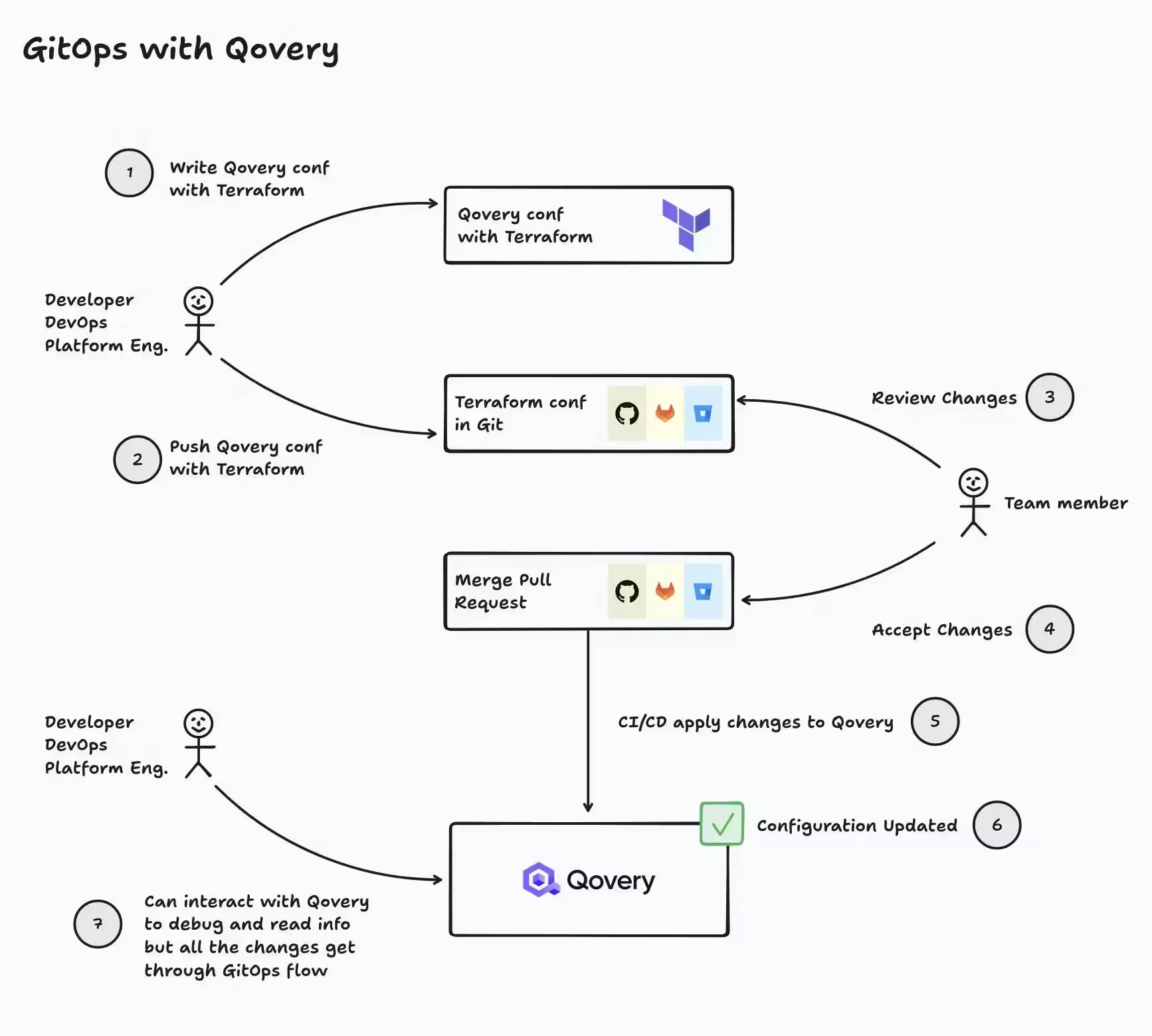
Qovery as a platform of choice for developers
Qovery is a DevOps automation platform specifically tailored to developers. It demonstrates how an effective developer experience can impact the delivery and quality of products an engineering organization can build.
Key Capabilities of Qovery
- Developer Empowerment: Qovery provides advanced infrastructure capabilities with a low learning curve, giving developers great control over their deployments without the operational headaches.
- Full Lifecycle Automation: The platform automates the entire development lifecycle, from project onboarding to final delivery, ensuring consistency and efficiency.
- Seamless Team Collaboration: It offers practical interfaces that allow both developers and operations teams to work together, breaking down silos and improving visibility.
- Built-in Best Practices: Qovery focuses on self-service tools that adhere to industry best practices and standard delivery methods, ensuring applications are secure and high-quality from the start.
- Workflow Integration: The platform integrates directly into a developer's existing workflow, using familiar git-based tools, CLIs, and GitHub hooks to provision ephemeral environments for building, testing, and releasing with a single tool.
- Reduced Complexity: Qovery automatically handles complex infrastructure, cloud provider specifics, and security best practices, so teams can get production-ready infrastructure without needing deep DevOps expertise.
- Non-Disruptive Adoption: It augments a team's existing abilities and quickens delivery without disrupting current processes, helping to remove silos and improve quality along the way.
Conclusion
To remain competitive, growing companies must break down organizational silos that separate development and operations teams. Relying on more processes and specialized expertise often makes these silos worse, slowing down software delivery and innovation.
A better solution is to adopt developer-centric platforms like Qovery. These platforms empower developers with self-service tools, standardize workflows, and improve collaboration. By removing these barriers, organizations can achieve faster deployments, improve team satisfaction, and gain a significant competitive advantage by delivering higher-quality products more quickly.
Ready to remove deployment bottlenecks and empower your developers?
Discover how Qovery can transform your software delivery. Start your free trial today or let’s discuss!

Suggested articles
.webp)



.svg)
.svg)
.svg)
